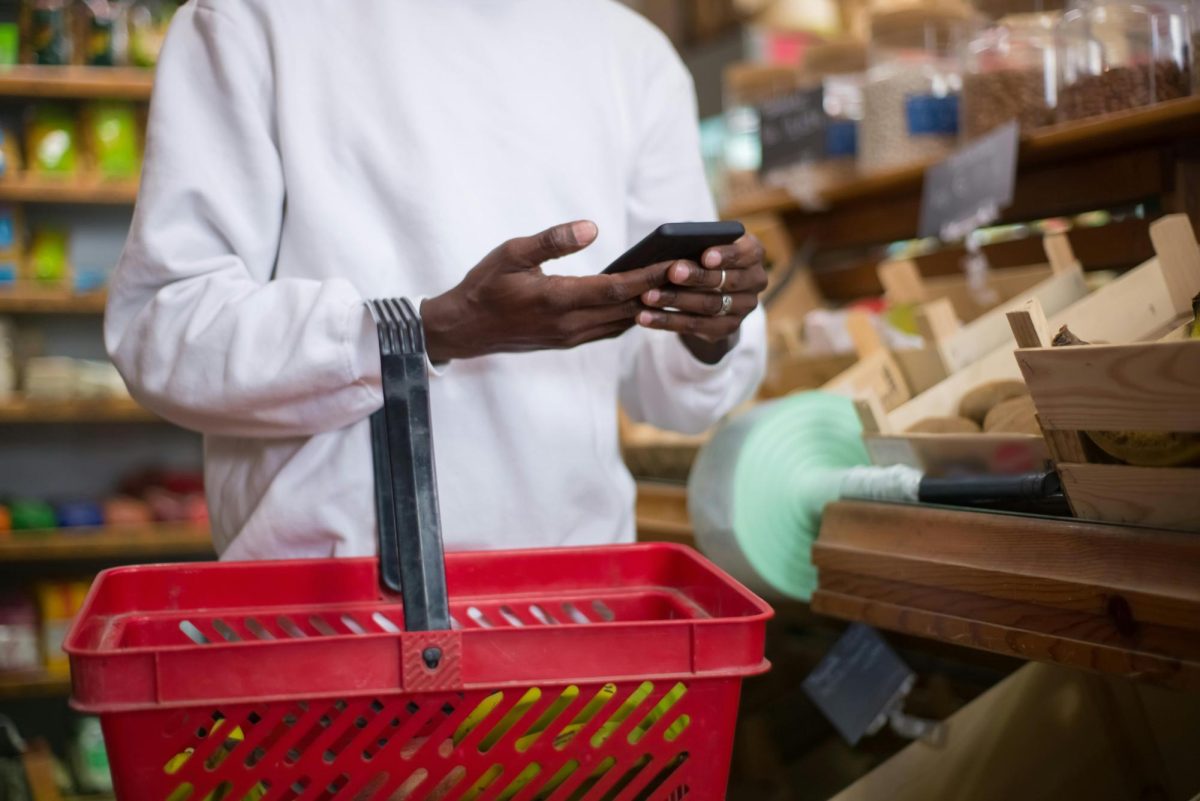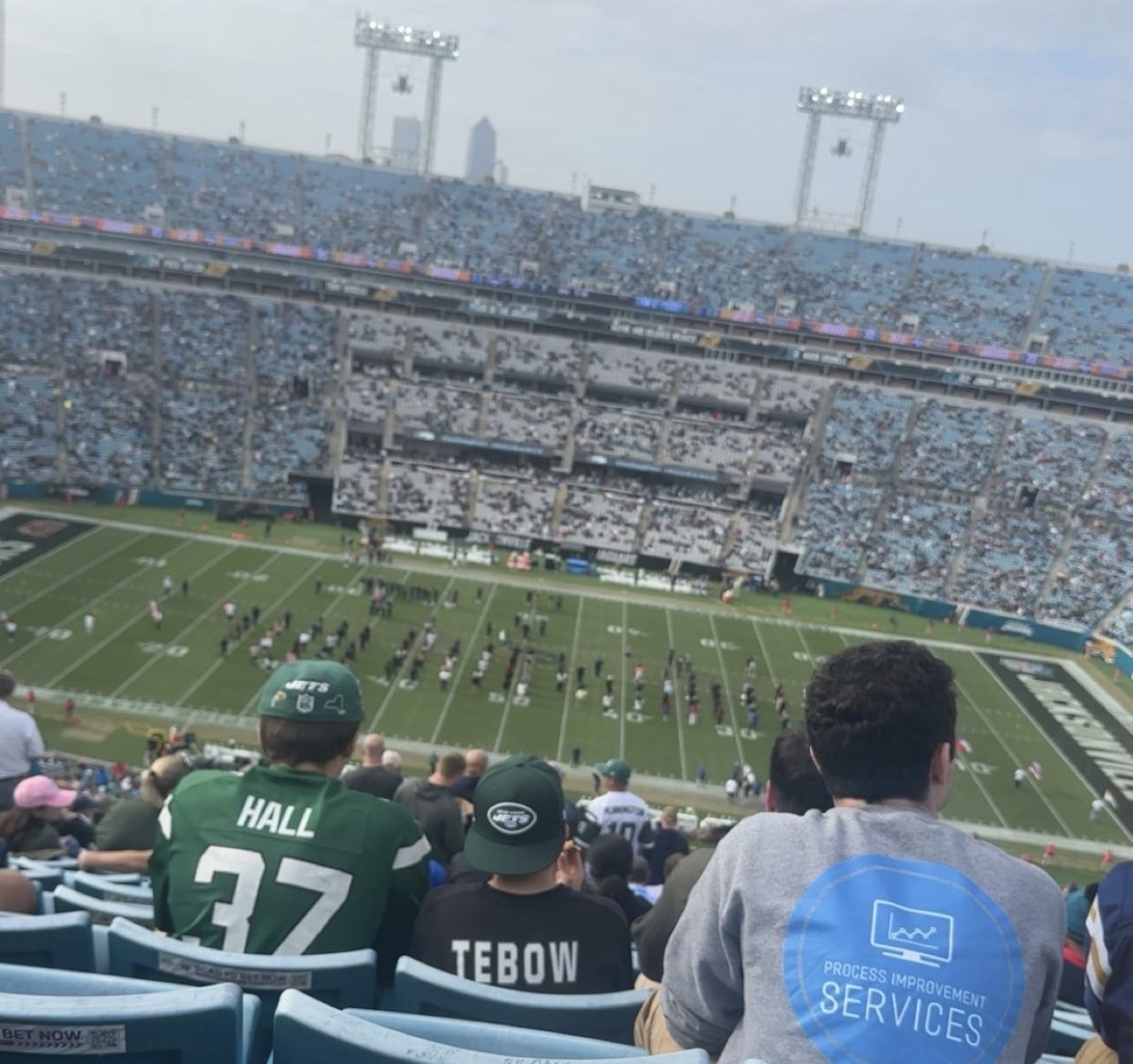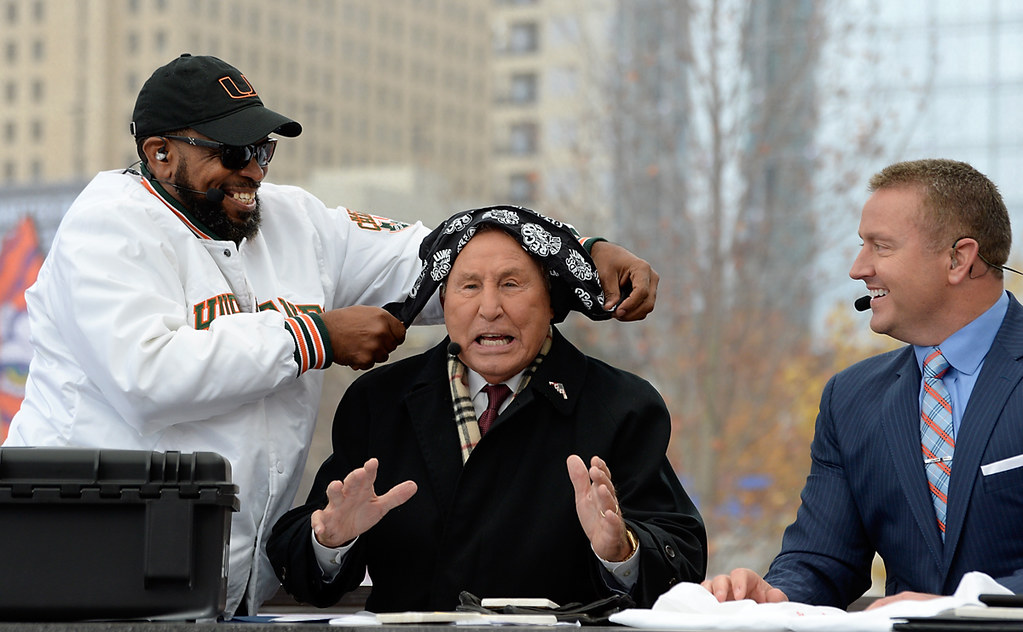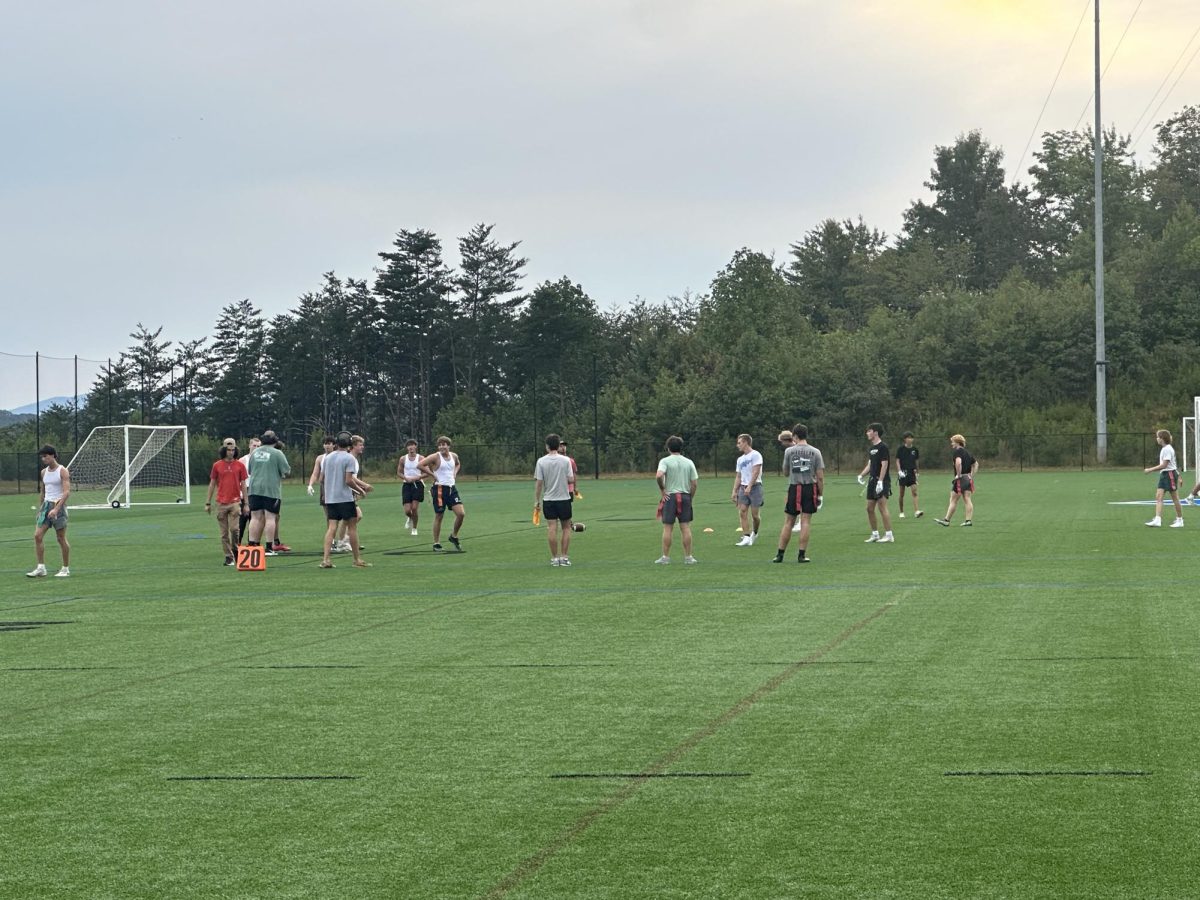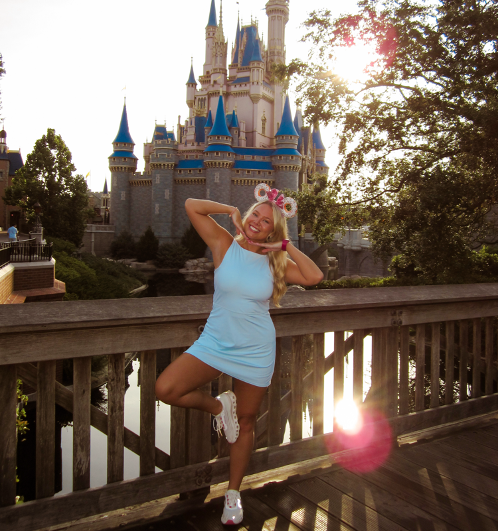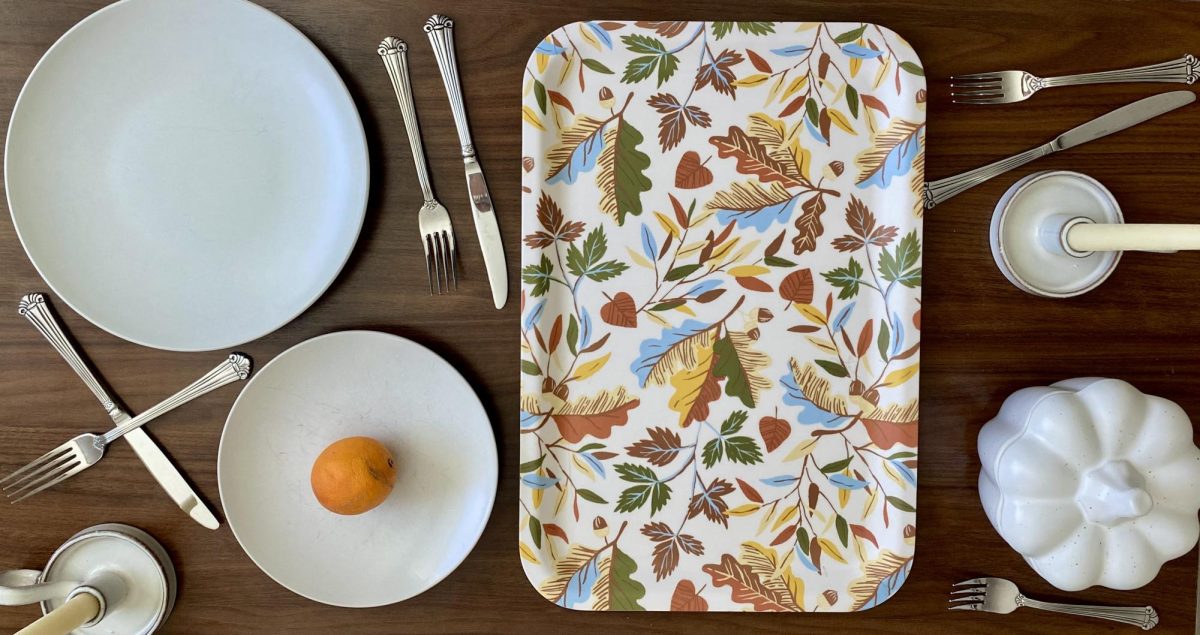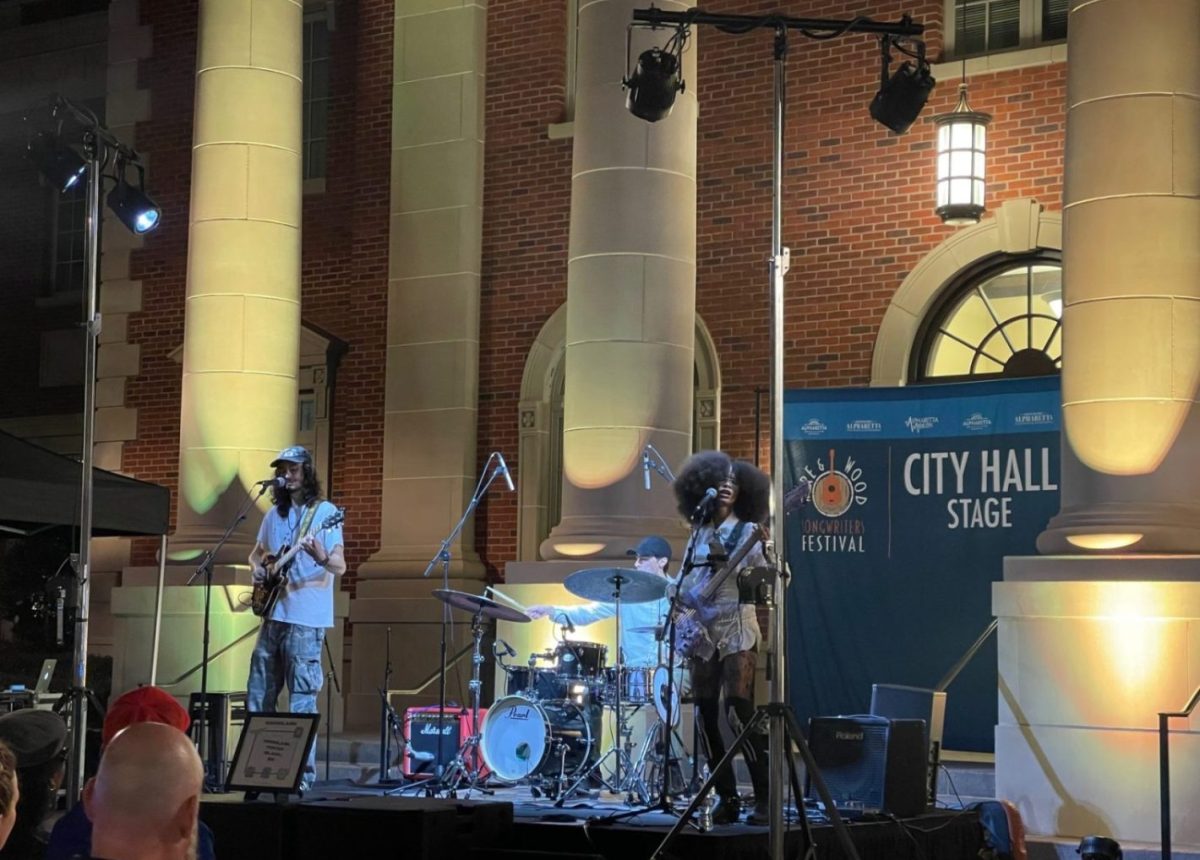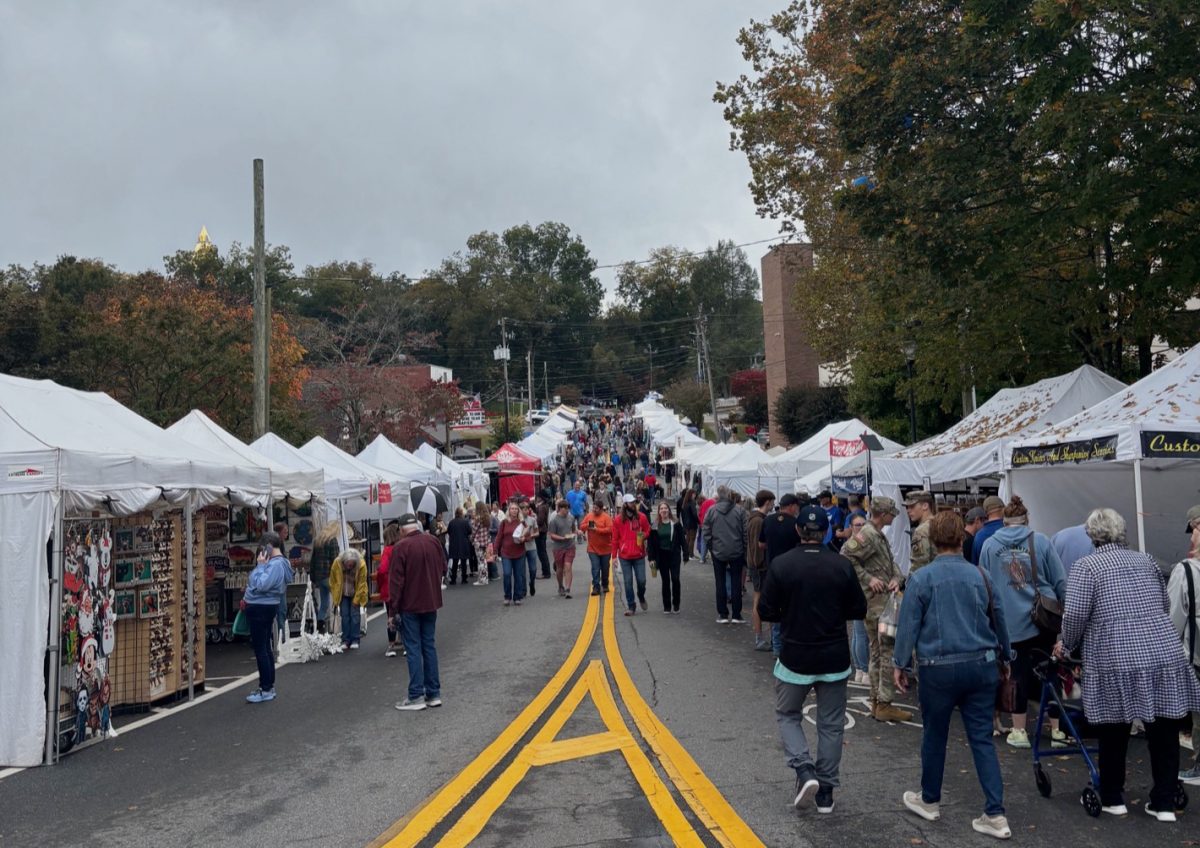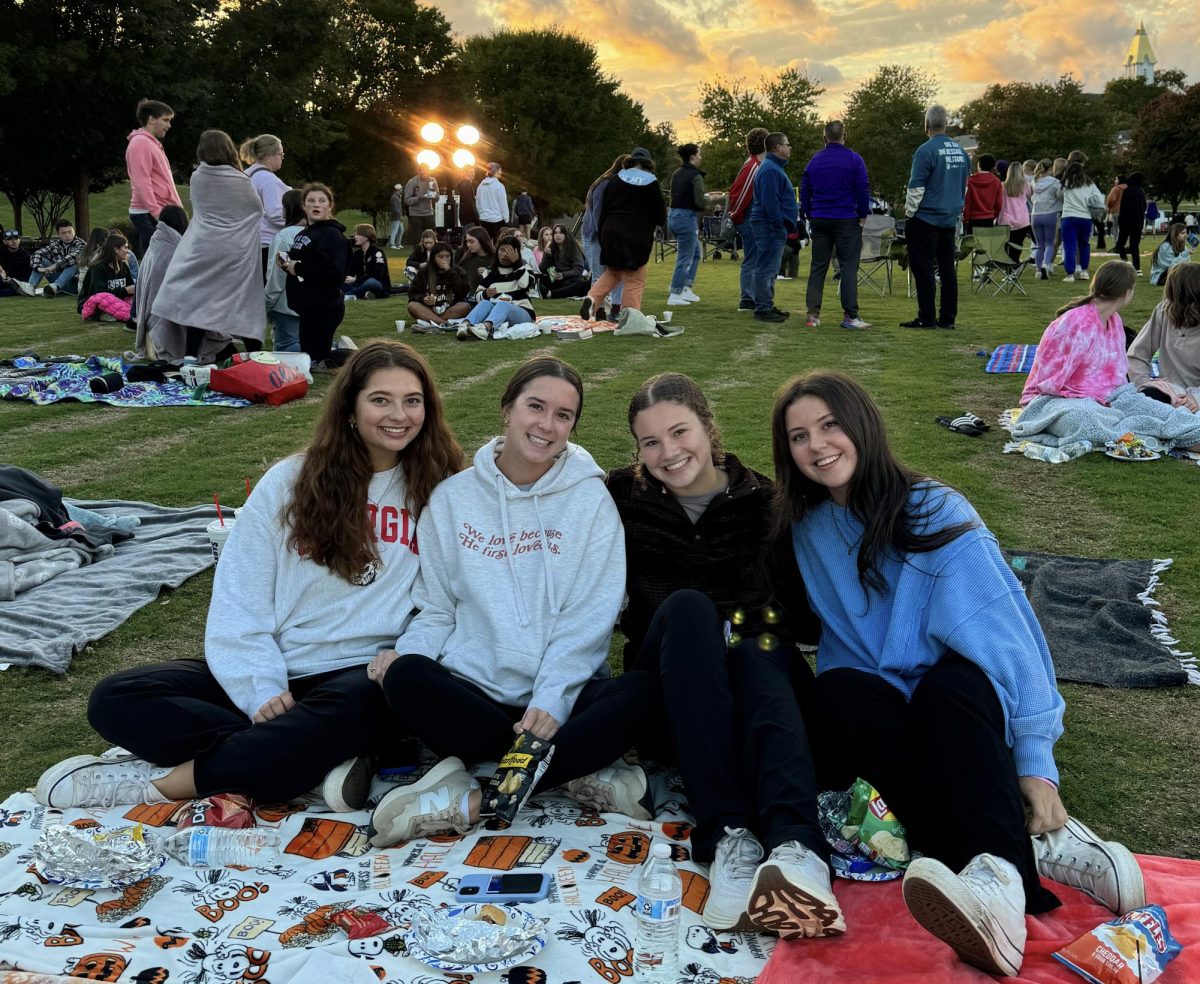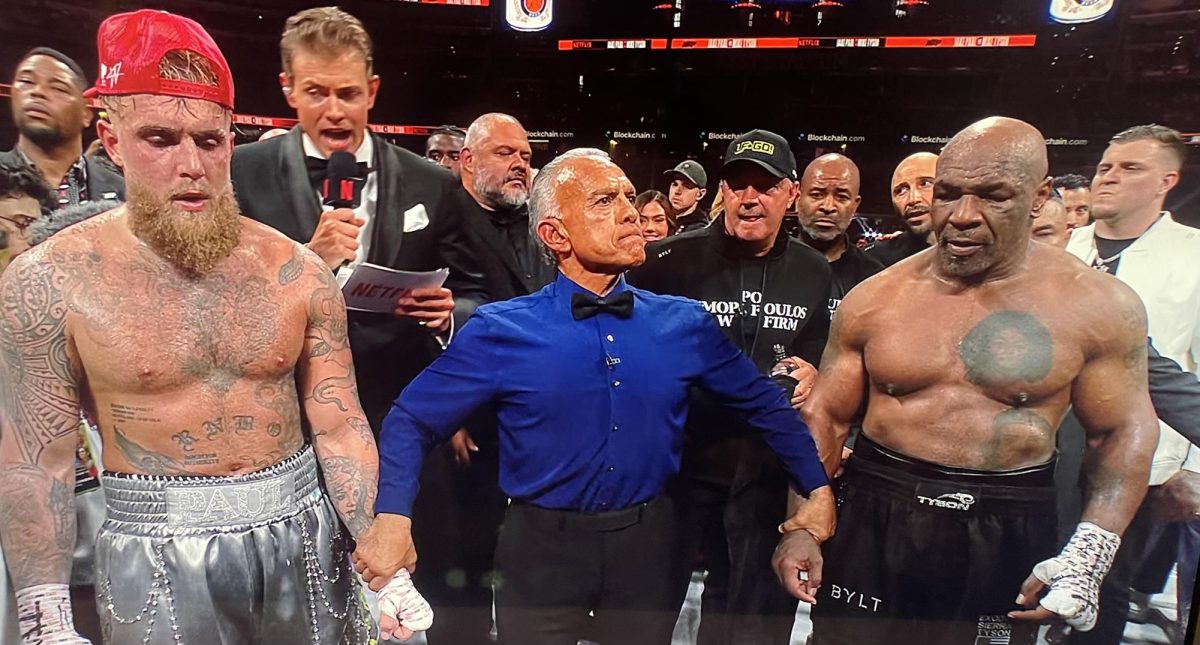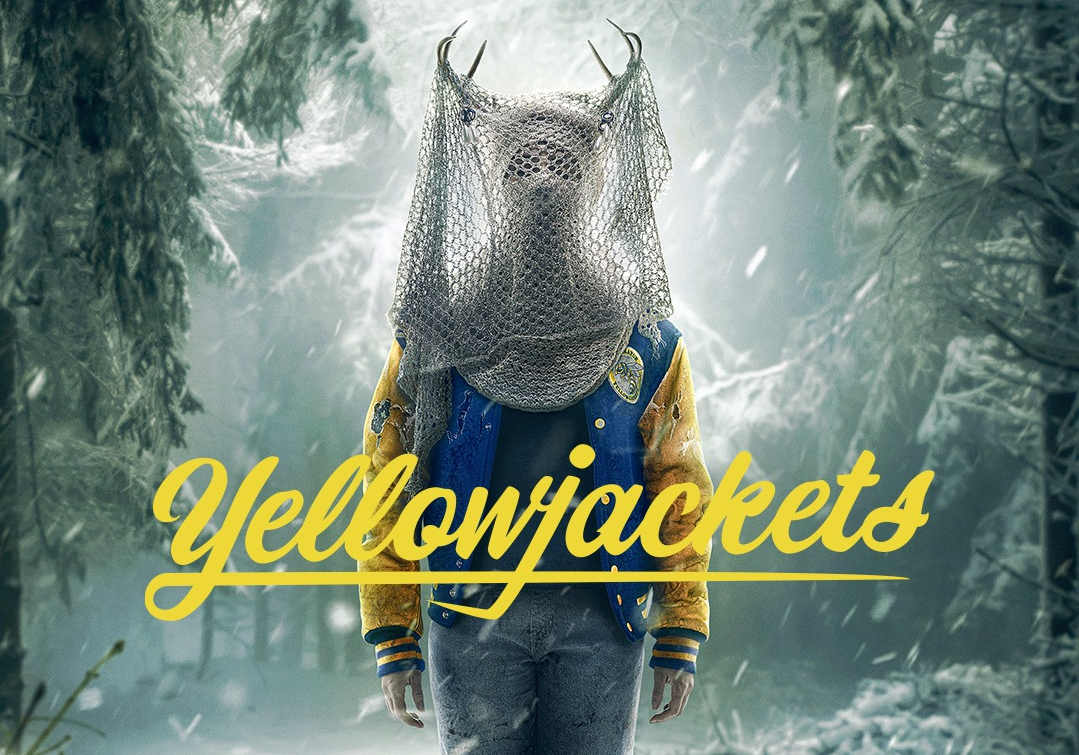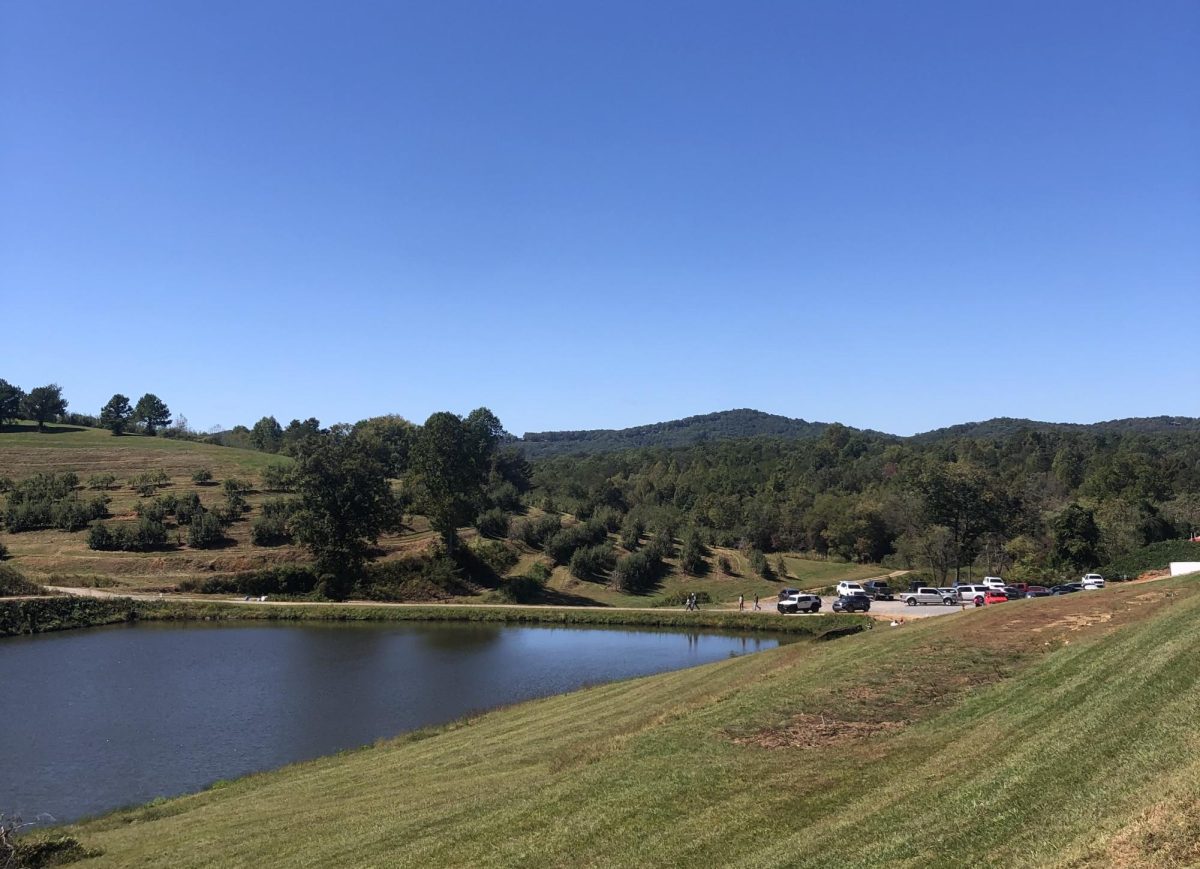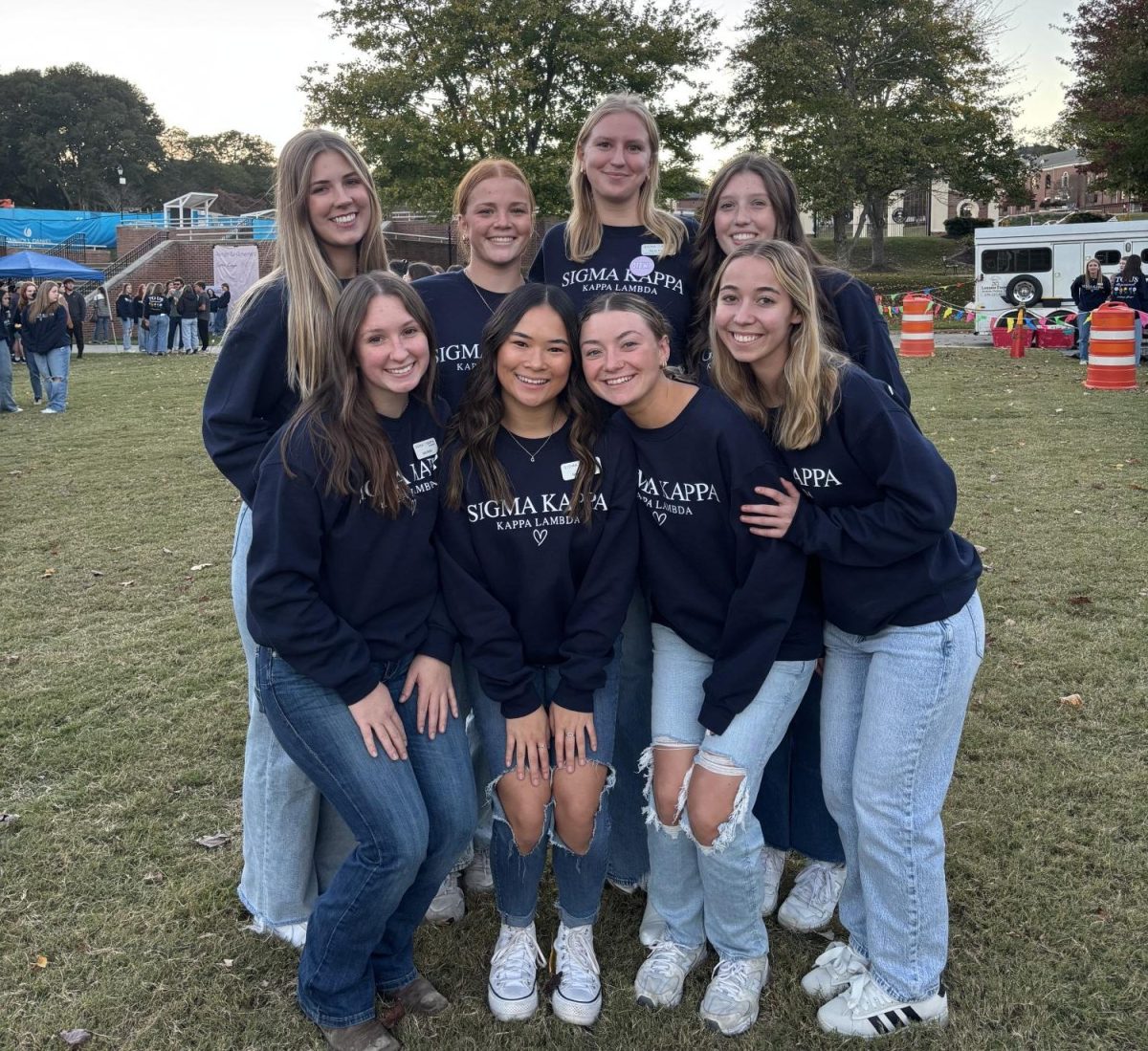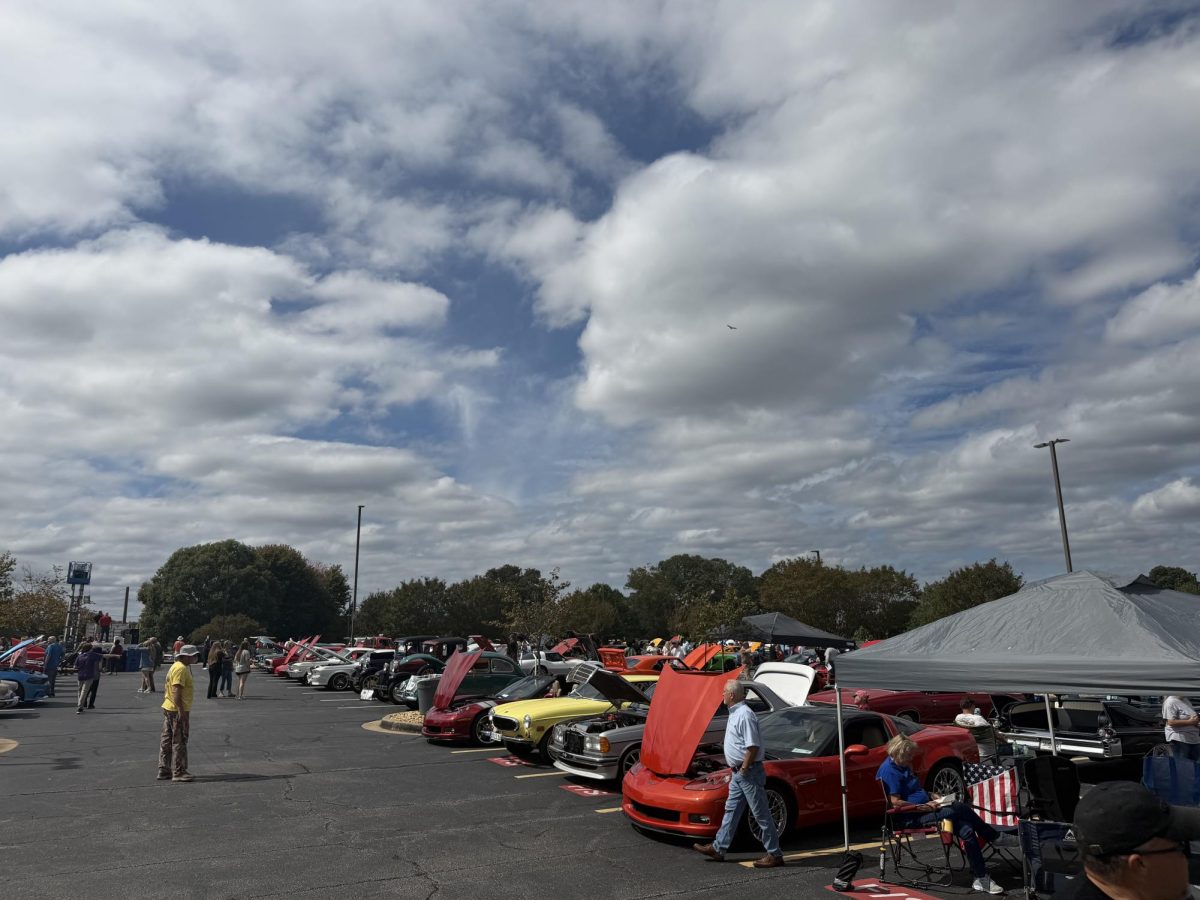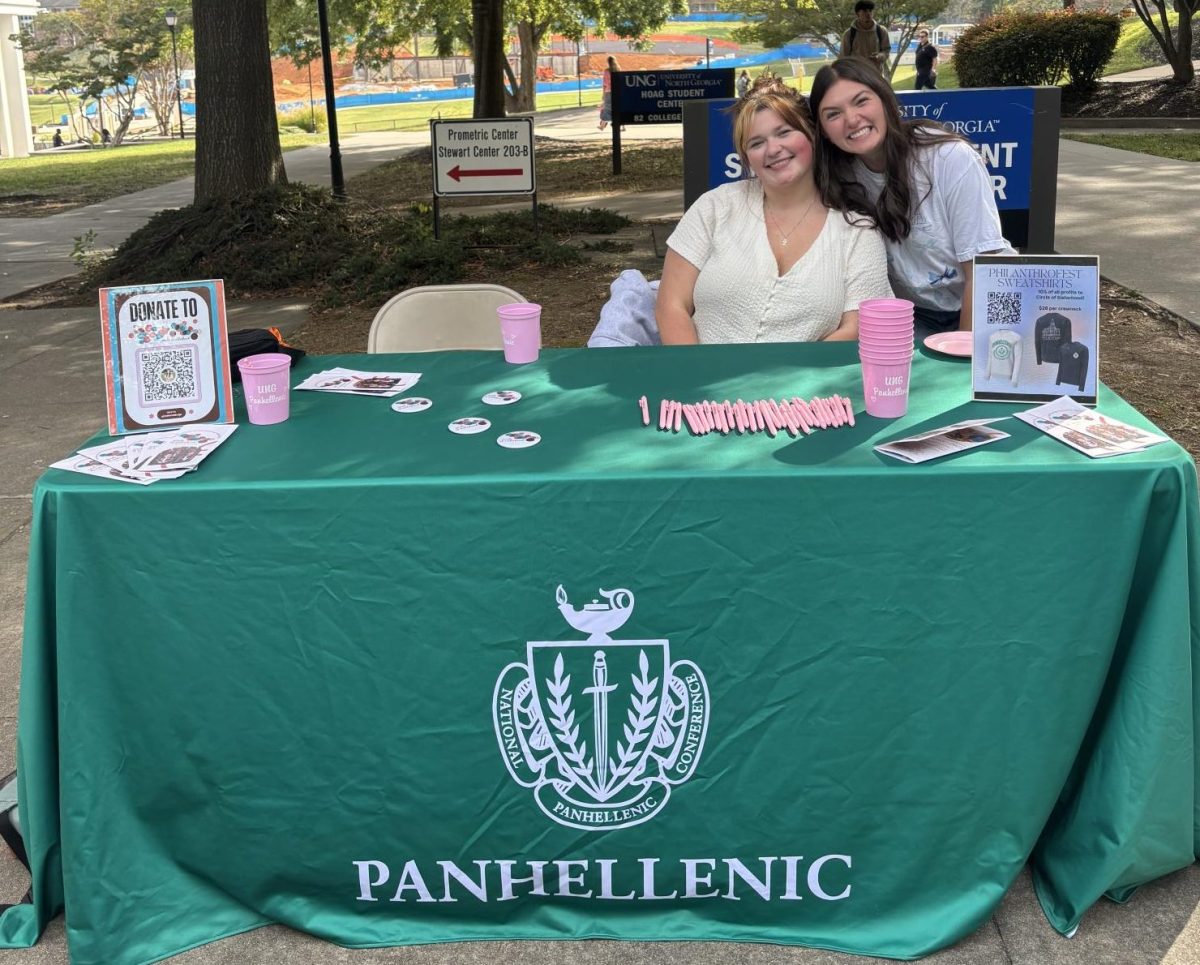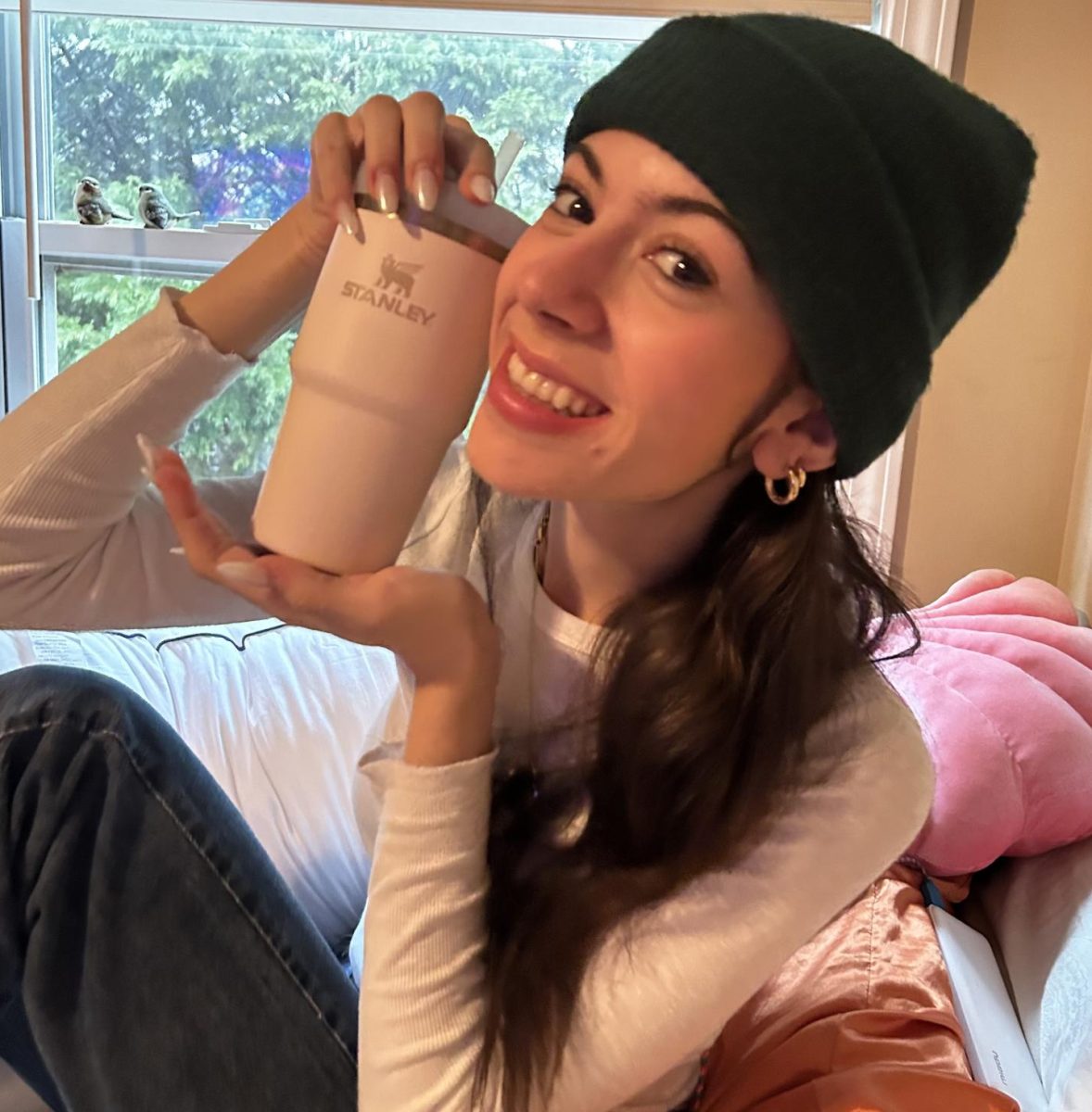The Stanley thermos cup craze has taken the world by storm, igniting a fervent passion for durable and reliable drink ware. Its roots trace back to the early 20th century when William Stanley Jr. revolutionized the way people enjoy hot and cold beverages.
The thermos cup has experienced a resurgence in popularity in recent times. Its exceptional durability, classically rugged design, and unparalleled insulation capabilities set it apart.
The tumbler’s reusable nature aligns with the global push to reduce single-use plastics and minimize environmental impact. This resonates with a larger audience, contributing to the widespread adoption of the Stanley thermos cup as a sustainable alternative to disposable cups and bottles.
TikTok plays a significant role in the tumblers’ popularity. Creators are showcasing their water bottle collections and creating flavored water concoctions in their large Stanley cups under the hashtag #watertok.
In November, Stanley garnered attention when a woman posted a video showing that her Stanley cup survived her car catching on fire and still had ice in it. The video amassed over 92 million views on TikTok, and the company’s president even offered to gift her a new car.
@danimarielettering Thirsty after you catch on fire? @Stanley 1913 is like no problem i gotchu #fyp #carfire #accident #stanleycup
Chaos erupted at Target stores across the United States due to the release of a limited-edition Stanley stainless steel tumbler in early January. Part of Target’s “Galentine’s Collection,” the Cosmo Pink and Target Red tumblers quickly sold out both online and in stores.
@victoria_robino_26 #fyp #fypシ゚viral #target #targetfinds #stanleycup #stanley #stanleytarget #valentinesday #stanleyvalentinesday
The demand for these cups is off the charts. A viral TikTok video shows a crowd frantically grabbing the tumblers off the shelves. This video has garnered over 20 million views. The hashtag #StanleyTumbler has accumulated an astonishing one billion views.
“My favorite thing is that it doesn’t spill when I knock it over. Which is magic since it has a straw,” says Maya Huff, a Target shopper from Sugar Hill.
This particular tumbler is distinct from Stanley’s Starbucks collaboration cup, which comes in Winter Pink and has also caused a frenzy at Target stores. According to local Target store associates, Starbucks will not restock the collaboration cups. They have already sold out at most locations.
According to CNBC, Stanley’s revenue has increased by a staggering $676 million from 2019 to 2023. The current craze revolves around the 40-oz Quencher tumblers, which range in price from $45 to $55. A representative for Stanley revealed a 275% increase in Quencher sales in 2022 compared to the previous year.
Most recently, concerns regarding the presence of lead in the oversized tumblers brought them into the spotlight for health reasons. Social media platforms are flooded with videos of individuals using lead testing kits on their Stanley cups and other travel flasks.
The manufacturer emphasizes that no lead is present on the surface of any Stanley product that comes into contact with the consumer or the cup’s contents. The U.S. Centers for Disease Control and Prevention warns that lead can lead to kidney problems, anemia, reproductive issues, and developmental problems.
While the risk of lead exposure is low as long as the cup remains intact, caution is still advised. In the rare event that the base cap of a Stanley cup does come off and exposes the seal, the cup is eligible for replacement under the lifetime warranty.
It’s important to note that Stanley is not the only brand that utilizes lead in their products. Other brands have faced recalls due to the use of lead, as confirmed by the U.S. Consumer Product Safety Commission.
The presence of lead in drinking cups is attributed to the old manufacturing practice of using lead for soldering. Many manufacturers are now transitioning to alternatives to lead for sealing vacuum in insulated cups.
The #watertok trend may persist as a new water bottle brand called Owala is already making its way into the mainstream. The Owala and Hydroflask brands proudly advertise using lead-free production and manufacturing processes. Although the Stanley Cup may have overshadowed the popularity of water bottles like Hydroflask and Yeti, some loyal fans refuse to let go. Nevertheless, most social media trends eventually come to an end.




